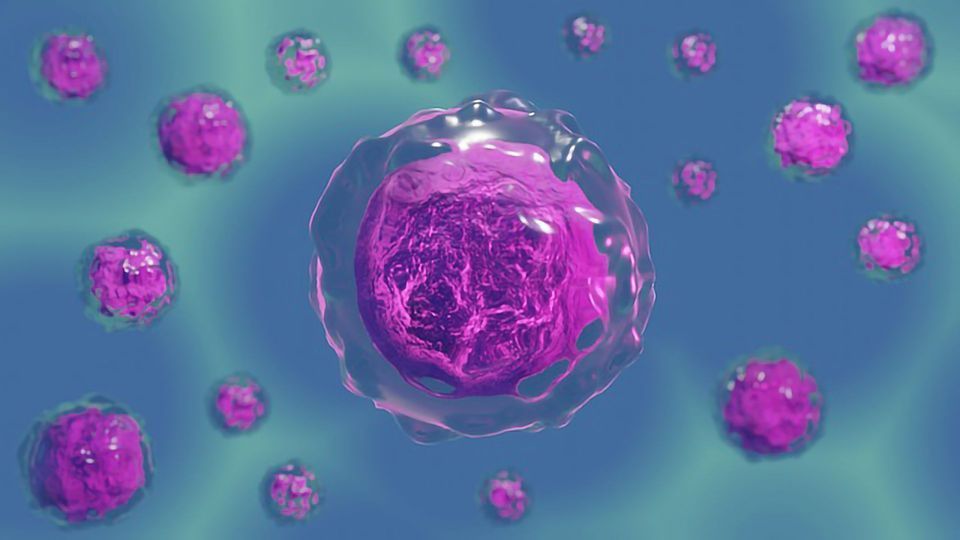New Method Advances Single-Cell Transcriptomic Technologies

Complete the form below to unlock access to ALL audio articles.
Single-cell transcriptomic methods allow scientists to study thousands of individual cells from living organisms, one-by-one, and sequence each cell's genetic material. Genes are activated differently in each cell type, giving rise to cell types such as neurons, skin cells and muscle cells.
Single-cell transcriptomics allows scientists to identify the genes that are active in each individual cell type, and discover how these genetic differences change cellular identity and function. Careful study of this data can allow new cell types to be discovered, including previously unobserved stem cells, and help scientists trace complex developmental processes.
"Single-cell transcriptomics have revolutionised biology but are still an area in active development," explains Helena Garcia Castro, a PhD student in the Department of Biological and Medical Science at Oxford Brookes University and co-author of the paper.
"Current methods use cell dissociation protocols with 'live' tissues, which put cells under stress, causing them to change, and limiting accurate investigations."
To solve this problem, the research team used historical research and revived a process from the 19th and 20th centuries to create the ACME (ACetic acid MEthanol dissociation) method.
Scientists realised that with this method, cells did not suffer from the dissociation as it stops their biological activity and 'fixes' them from the very beginning of the investigation.
The ACME method then allows cells to be cryopreserved, one or several times throughout the process, either immediately after the dissociation process, in the field or when doing multi-step protocols.
Dr Jordi Solana, Research Fellow at Oxford Brookes University adds: "This means scientists can now exchange samples between labs, preserve the cell material and large sample sets can be frozen in order to be analysed simultaneously, without destroying the integrity of the genetic material in the cell.
"We took the method from the old papers and repurposed it to make it work with current single-cell transcriptomic techniques. With our new method, we will now set out to characterise cell types in many animals."
Scientists are now able to collaborate with other laboratories and research a wider variety of animal cells, thanks to the ACME method. This would not have been possible without the technology to dissociate and freeze live cell tissues.
Reference: García-Castro H, Kenny NJ, Iglesias M, et al. ACME dissociation: a versatile cell fixation-dissociation method for single-cell transcriptomics. Genome Biol. 2021;22(1):89. doi: 10.1186/s13059-021-02302-5
This article has been republished from the following materials. Note: material may have been edited for length and content. For further information, please contact the cited source.

